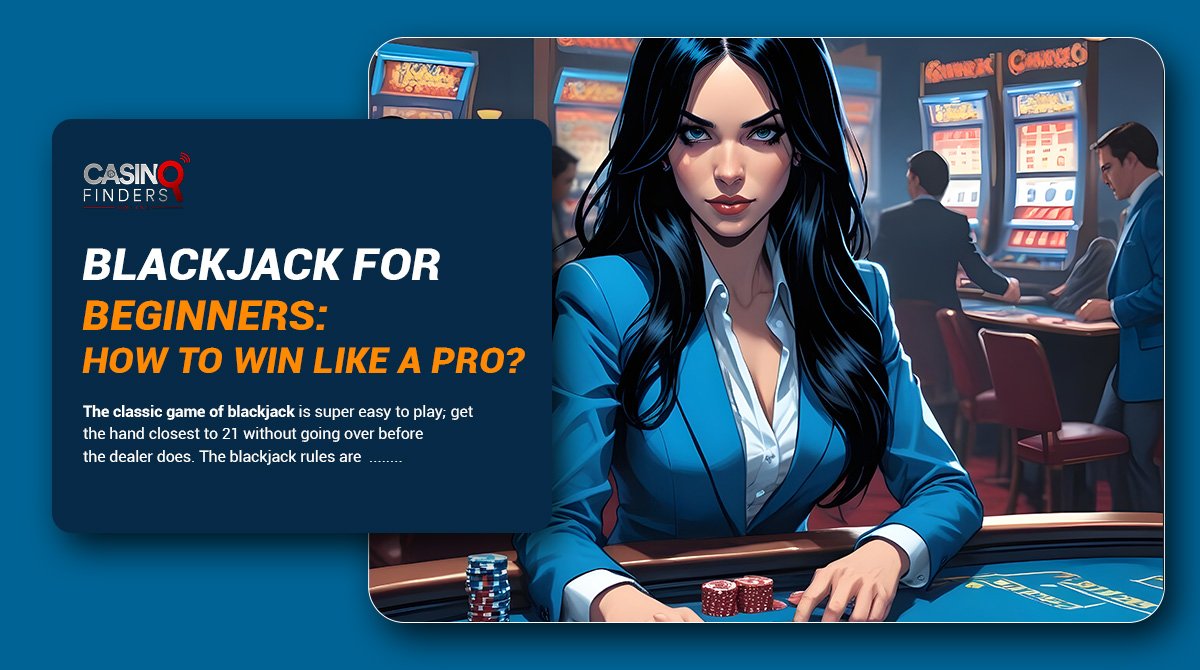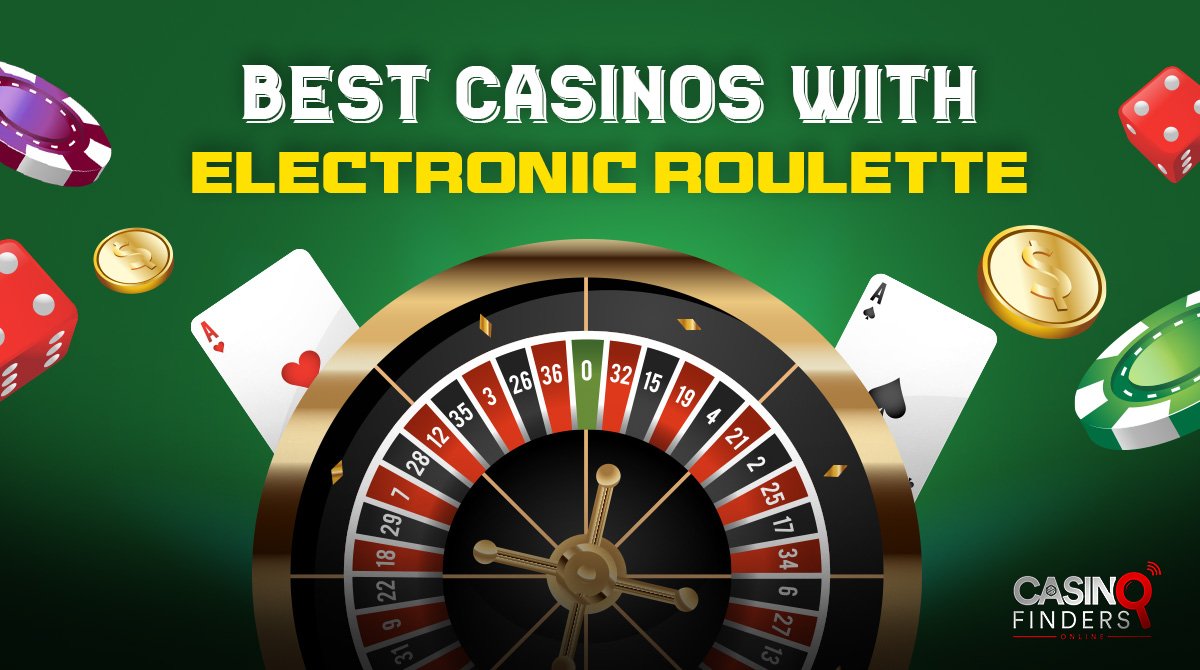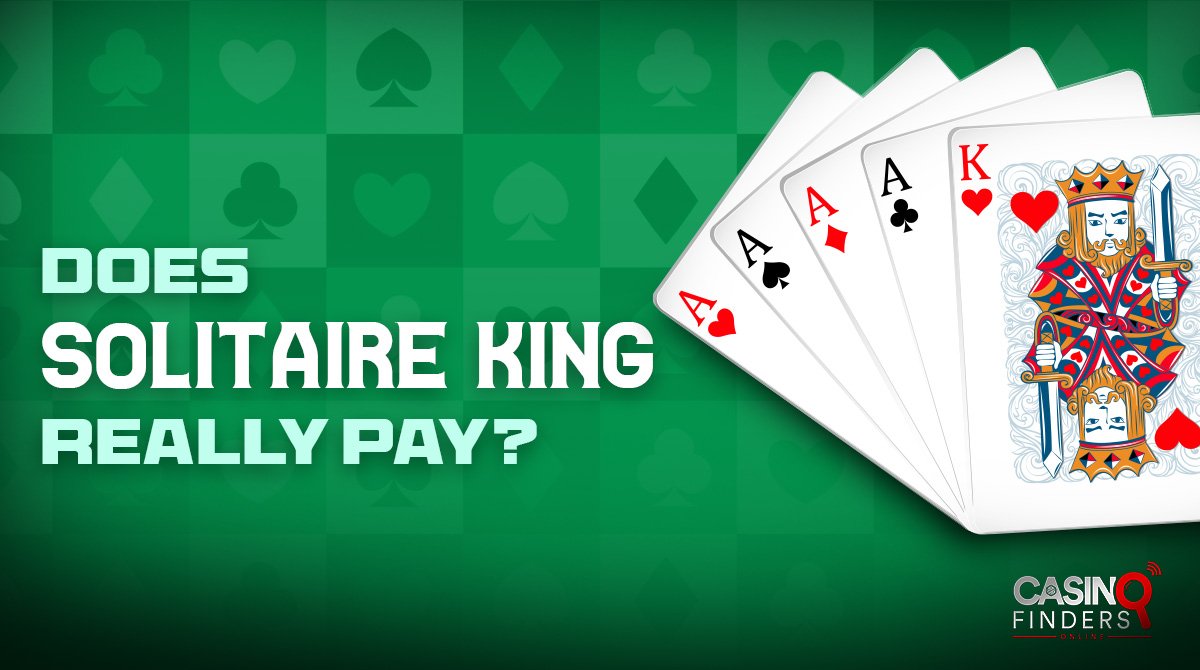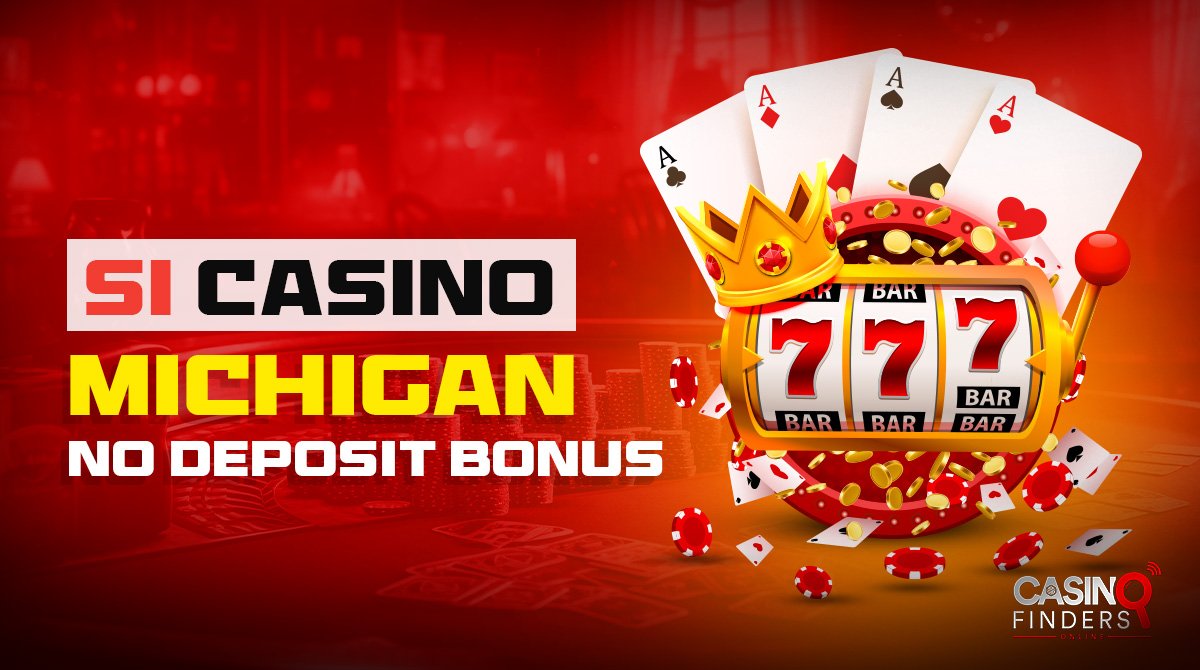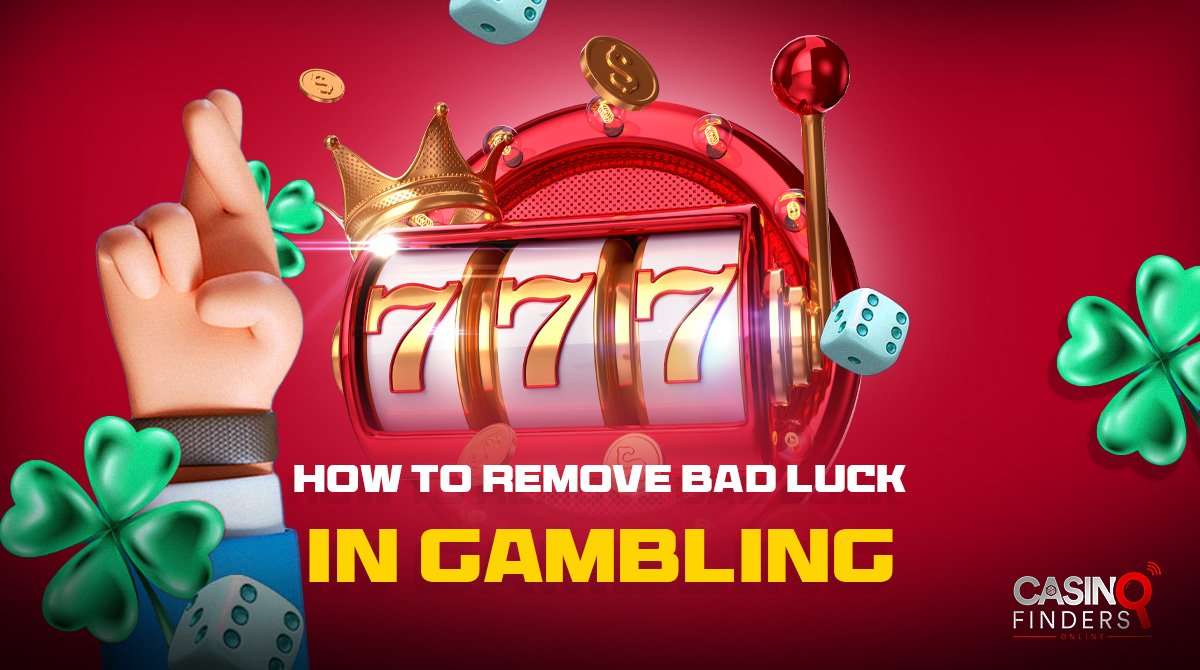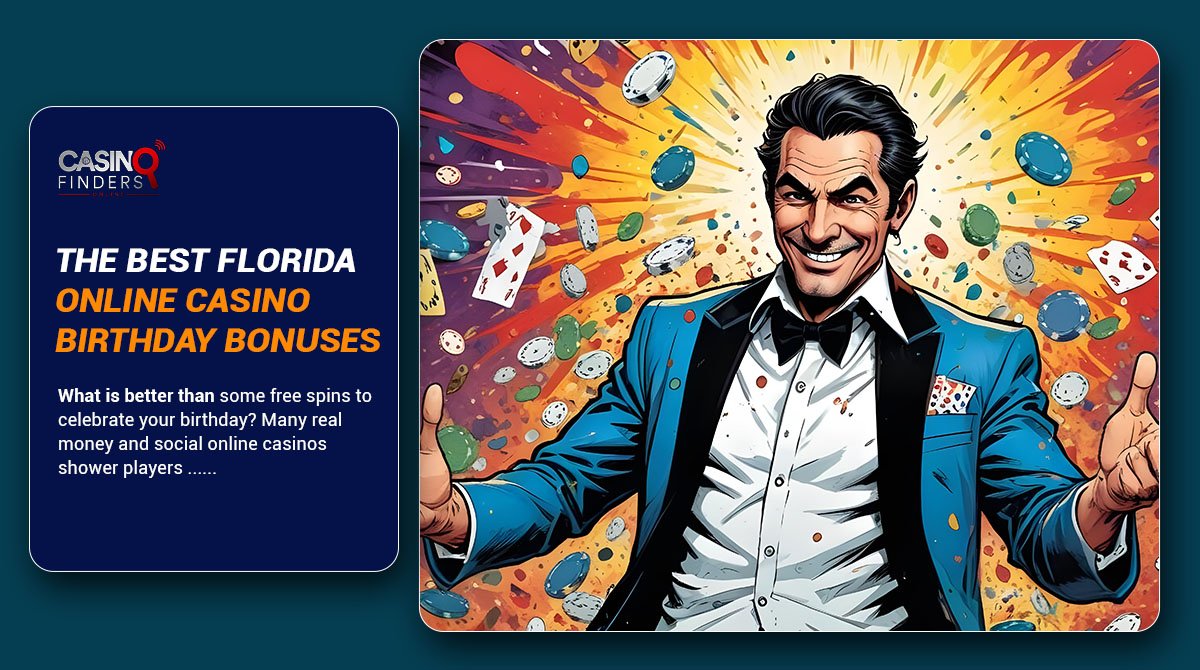What is Blackjack?
Blackjack, or the good old 21, is a classic comparing card game in which you play against the dealer(house). Your hand is compared to the dealer’s, meaning that unlike poker, the number of players at the table is irrelevant.
The goal in blackjack is to:
Get a hand of two or more cards with a total value of 21 or close to 21 without going over.
Understand the Card Values
Like every card game, the value of cards is essential to learning how to play the game and, later, how to use strategies. Here is a visual to help you better remember the blackjack card values:
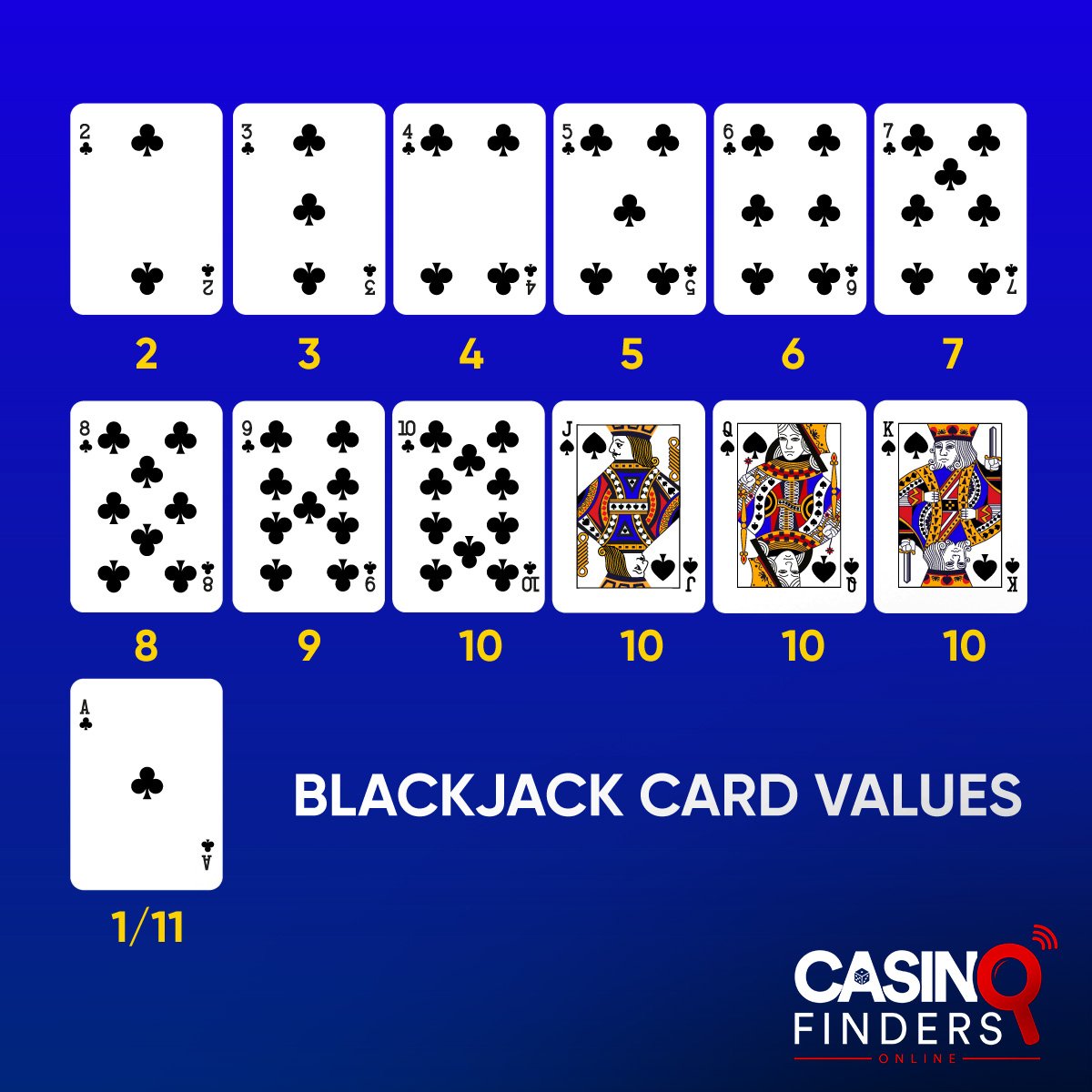
As shown in the picture above, cards 2 through 9 are worth their face values, while face cards_ Jack, Queen, and King_ are worth 10. The tricky card in the game of 21 is Ace. Depending on which value creates a better hand, Ace can be counted as 1 or 11. For example, a hand of Ace and 8 can be either 8 or 18, while a hand of 6 and 7 is worth 13.
Blackjack Odds, Payouts, and House Edge
Odds represent the probability of achieving specific outcomes in a blackjack hand.
| Player’s Hand Outcome | Odds |
| Getting a Natural | 4.75% |
| Winning Hand | 42% |
| Push | 8-9% |
| Losing | 48-49% |
Remember, the odds presented here are average, and they can fluctuate depending on the house rules, the number of decks, and whether you play according to the basic blackjack strategy. The same goes for the house advantage.
The average blackjack house advantage ranges between 0.5% to 1.5%, being one of the lowest among casino games.
Blackjack has a 3:2 payout. If you bet $10 and get a natural, you will be paid $15, and your net profit will be $25. Other winning hands even have money payouts, while side bet payouts vary among casinos.
What Is The Best Hand in Blackjack?
The best hand in blackjack is a Natural, obviously. But it does not happen so often, which brings us to a good or winning hand in blackjack. Any hand with a value of 17 or higher is considered a good hand in blackjack and you should stay with it. However, if the dealer’s face-up card is worth 7 or higher, you need a hand of 18 or higher to have an increased chance of winning.
What Does “Blackjack” Mean: Learn the Game’s Lingo
Blackjack or Natural is a combination of a 10-value card and Ace. The classic natural is a Jack and an Ace. The game is named after this combination, and you will see JA as a sign of all online blackjack games and everywhere the game is played.
To help beginners get in on the action faster, here is a list of most common Blackjack terms to learn:
- Natural: The first two 10-value and Ace cards dealt to a player
- Soft hand: Any hand with an Ace, being counted as 11. For example, Ace and 7 will be a soft 18
- Even Money(1:1): An equal payout to the player’s initial bet. For example, a player bets $5 and wins an even money. They will receive $5 as the payout.
- Hand Signals: The player’s hand movement indicating their decision; whether to get another card, double the bet, or stay with what they have been dealt(more on this later. )
- Bust: When a player’s or dealer’s hand total exceeds 21, they are “busted” or lost.
- Push: Player and dealer get the same value hands.
How to Play Blackjack in 5 Simple Steps
Six-standard 52-card decks are used to play the game. To play a hand of blackjack, you must:
Step 1: Join a Blackjack Table
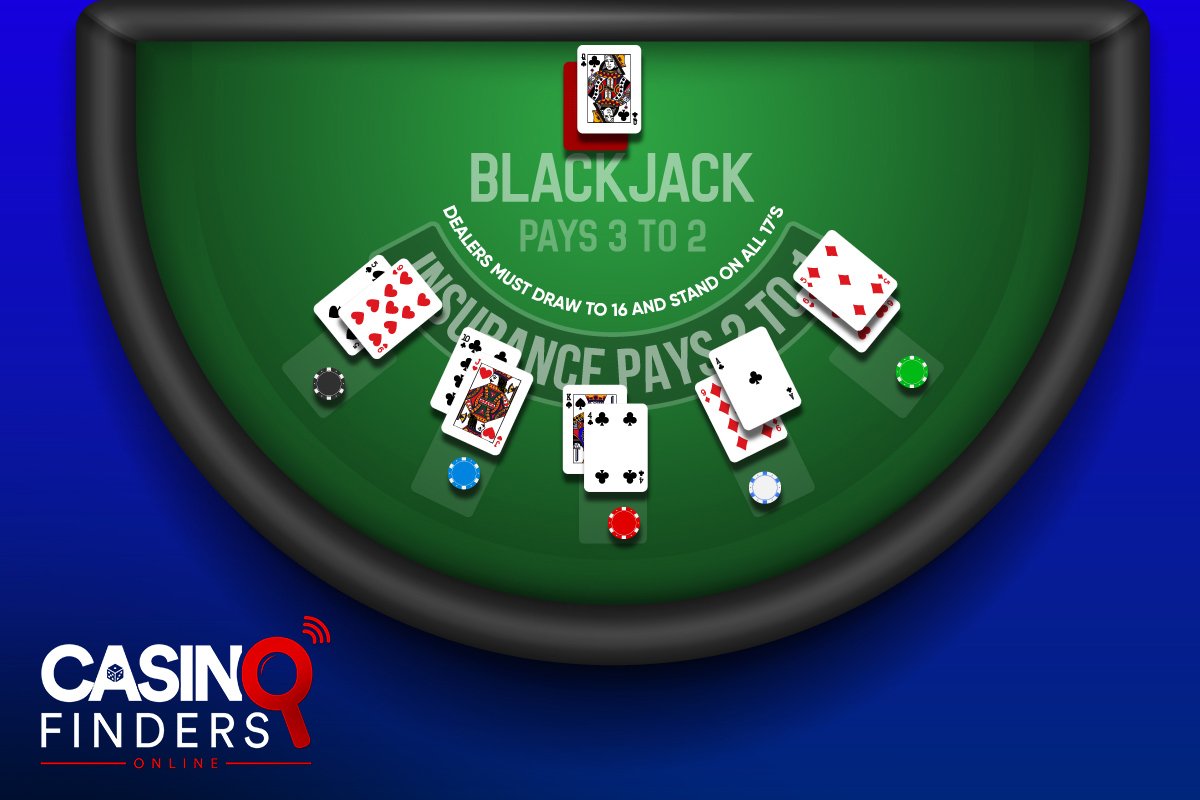
Whether you play blackjack online or at Aria Casino, you should join a table and place a bet. Blackjack tables have betting limits, meaning you have a minimum and maximum limit on which to bet. The minimum betting limit can be as low as $5, and Maximum bets can be up to thousands of dollars per hand.
Does Position Matter in Blackjack?
In Blackjack, the position does not matter as much as in poker games. It is more relevant when playing at brick-and-mortar casinos. Understanding the positions helps you realize your turn and how you will receive your cards.
There are three positions at a Blackjack table.
- Blackjack first base – The first seat on the far right facing the dealer and getting the cards first. First-base player is the first to act.
- Blackjack third base –Many players mistakenly think third base is the third or middle seat. But the third-base position is actually the last seat from the right or the first seat on the left. This position is referred to as the anchor. Here, the player is the last to decide and act on what they want to do with their hand.
- Shortstop position – This position isn’t as commonly mentioned as the two above. Because this position doesn’t come with as much responsibility. This seat is located in the middle of the table and actually prevents other players to the left of them from joining the table.

Step 2: The Deal
Once you and other players(if there are others at the table) place your bets, the dealer starts dealing two face-up cards to each player one at a time clockwise. At the same time, they deal one face-up card and one face-down card to themselves.
Step 3: Comparing Hands
Once the players and the dealer have finished taking their cards, the value of each player’s hand is compared to the dealer’s hand value independently. Here are possible scenarios while hands values being compared:
- The player’s hand value is higher than the dealer’s: The player wins and receives an even money payout.
- If the value of the dealer’s hand and the player’s hand are the same(other than natural), it is considered a push or Draw, and the player gets their bet back.
- If the player’s hand value is lower than the dealer’s, the player loses their bet.
Blackjack Scenarios
Still in step 3, if the first two cards dealt to a player are natural, they will win automatically and receive a payout of 3:2($3 for every $2 bet).
If the dealer gets a natural, all players lose their bets other than those with blackjack. And in the case of both the dealer and the player getting a blackjack, it’s a draw, and the player receives their bet back.
If the dealer’s face-up card is a 10-value card, they will sneak at their face-down card, and if it is an Ace, giving them a blackjack, everyone loses(except those with a blackjack), and the round ends.
Step 4: Player’s Actions
If neither the dealer nor the player has blackjack, the player can choose one of the following options:

As shown in the picture of hand signals above, as a blackjack player, you have four options:
- Split: If you get a pair of same-value cards, you can place another bet and create another hand. The dealer gives two more cards, and you play each hand independently.
- Hit: You ask for another card. You can hit until you are satisfied with your hand value or you bust.
- Double(Double Down): You double your bet, receive another card, and stand.
- Stand: No more cards. You stay with what you have.
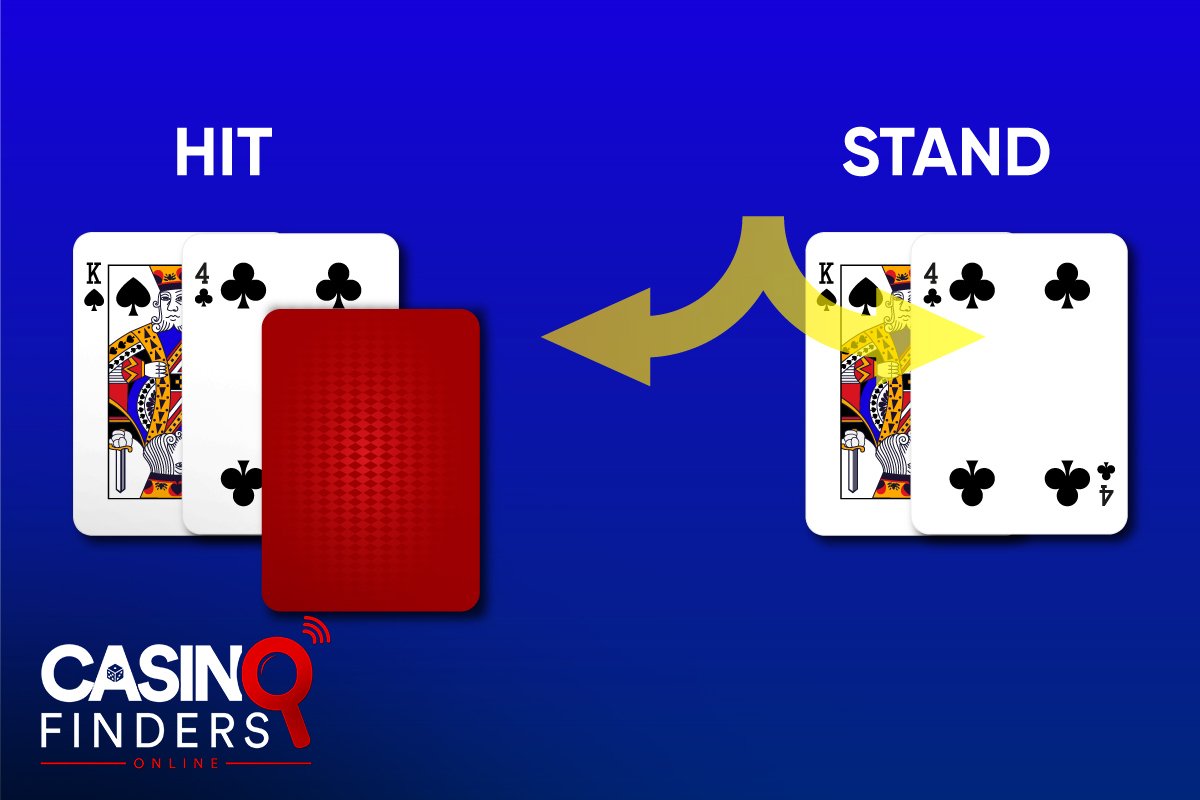
Step 5: Avoid Insurance!
If the dealer’s hand value exceeds 21, all players at the table win regardless of their hand value. However, if the dealer gets a 10-value face-up card, there is a chance for them to get a blackjack. This is why they look at the face-down card.
In this case, you are offered a blackjack side bet called “Insurance.” It is essentially insuring your hand against the dealer’s blackjack. To place an Insurance bet, you must put half of your initial bet in the designated area on the blackjack table. Then, if the dealer gets a blackjack, you lose your original bet and receive a 2:1 payout for your insurance bet. If the dealer does not get a blackjack, you lose the insurance bet, and the round continues as usual.
Now, why should you avoid insurance in blackjack? Because it is a sucker bet with a high house advantage, and the odds are always against you. You can read the article about insurance in Blackjack to learn about the calculations behind its terrible odds.
Blackjack Strategies
As a long-time blackjack fan and player, the first question novice players ask me is, what is blackjack sure-win strategy? The answer is, sadly, there is no such a strategy. Blackjack is a game of chance and skill. Although you can use strategies to increase your winning chances, the outcome depends greatly on luck.
With that in mind, here are the best blackjack strategies to use:
Basic Blackjack Strategy
The basic blackjack strategy chart is your ultimate weapon in the battle against the house at any table. It is a guide that tells you when to hit, stand, or double down against the dealer’s hand. To become a blackjack pro, you should first master the basic strategy and play according to it until you become skillful enough to develop your own strategies.
Here is a summary of the most important blackjack moves according to the blackjack strategies:
Hitting Strategy
- When your hand is worth 11 or lower: Hit
- When your hand value is 12 to 16 and the dealer’s face-up card is 7 or higher: Hit
Splitting Strategy
- ALWAYS Split two Aces
- Split 7s if the dealer shows 7 or less
- Split 6s if the dealer shows 6 or less
- Do not split 5s, but double down if the dealer shows 9 or less
- Do not split 4s
- Split 3s only if the dealer shows 4-7
- Split 2s if the dealer shows 3-7
Doubling Down Strategy
- When your hand value is 11: Always double down
- When your hand is worth 10: Double down UNLESS the dealer shows a ten-card or an ace
- When your hand value is 9: Double down ONLY IF the dealer’s up-card is 2-6
- When you have a soft 16, 17, or 18: Double down ONLY if the dealer’s face-up is a lower card
- NEVER double down with a hand value of more than 11
- NEVER double down when the dealer’s face-up card is an Ace
Card Counting
While counting cards is not considered a blackjack strategy, and I advise not using it, especially when playing live blackjack, some professional card counters have been able to win using it.
By keeping track of the cards that have already been played, a card counter can estimate the probability of the next card being a high card (10 or ace) or a low card (2-6). This way, they decide whether to hit, stand, double down, or split.
Why is learning to count cards a waste of time? Because random number generators and other technologies online casinos use make it nearly impossible to count cards accurately. Live blackjack games also use measures to prevent players from card counting. Casinos hate card counters, and if they catch you winning through card counting, you may be banned from the casino or even face serious consequences. So, why all the trouble? Master the basic strategy, practice, and you are good to go.
Best US Online Casinos to Play Blackjack
Blackjack games can be played everywhere, from your grandmother’s kitchen table to the most luxurious casinos in the Vegas Strip. You can play free blackjack games with fake money on various mobile apps, like Blackjack powered by the Pokerist app. Real money online casinos also allow you to play the game on the go. Live dealer blackjack tables add a layer of excitement, allowing players to experience the authentic feeling of playing live and chatting with the dealer and other players from the comfort of their homes.
Given the Min/Max betting limits, the quality of the game software, built-in features, side bets, house rules, payouts, casino licensure, quality of customer service, and availability of crypto deposits and withdrawals, online casinos listed in the Best US Online Casinos table below are the best options for US and most international players.
Final Thoughts
Blackjack is one the most exciting casino card games people worldwide have loved and played since God knows when! The gameplay and rules are pretty easy to learn, but to become a pro with an edge over the house, you must learn basic blackjack strategy, practice, and master it.
The game has various thrilling variations with varying betting limits and levels of excitement. Check out our blog for the best blackjack variations to play today.





 Written by
Written by 



 Cashback Bonus
Cashback Bonus




